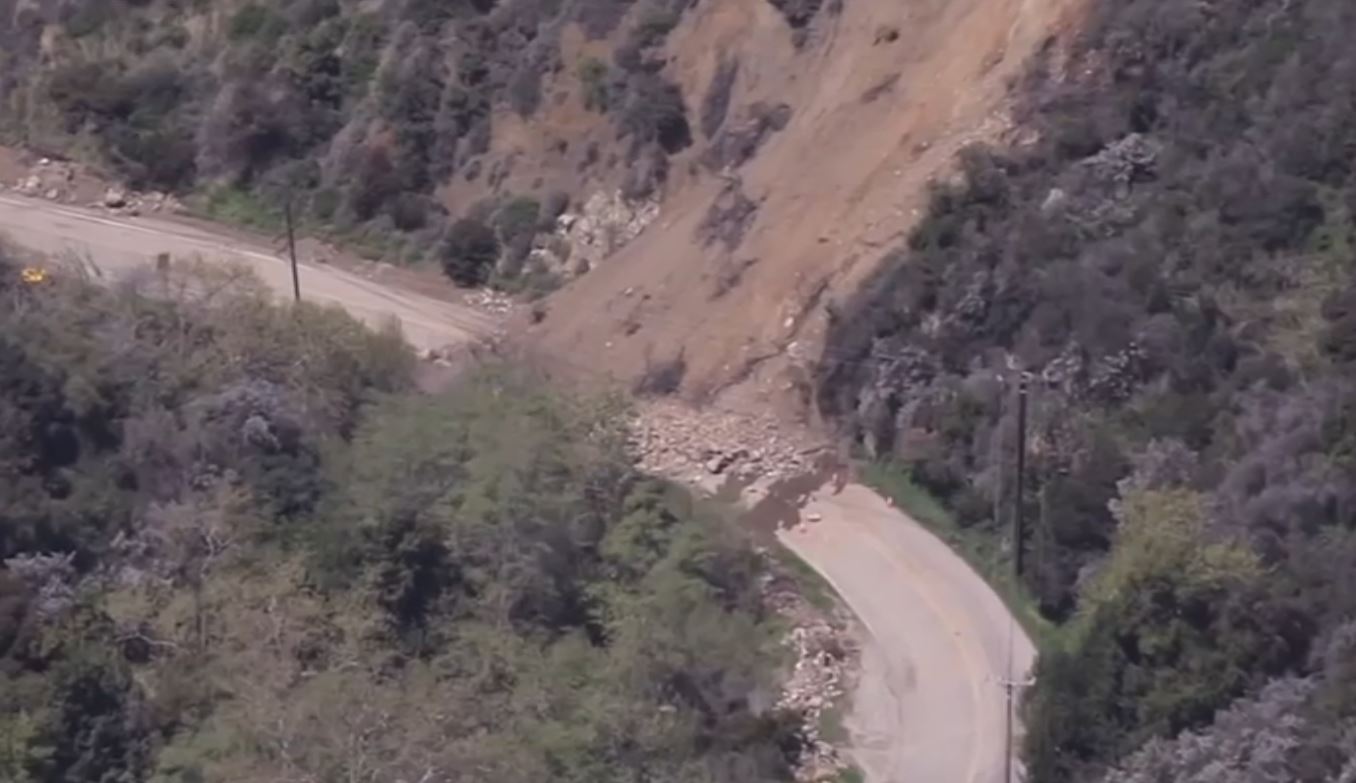What to Know
- More than 20 structures burned Monday, when winds fanned the brush fire into a neighborhood
- Red flag warnings are set to expire Tuesday morning
- The Canyon Fire 2 was part of Gov. Jerry Browns emergency declaration, which includes Wine Country areas affected by about a dozen fires
Water-dropping helicopters attacked a fast-moving brush fire Tuesday after a day of devastation in an Anaheim Hills neighborhood.
The Canyon Fire 2 spread quickly Monday, exploding from a hillside brush fire into an inferno that consumed at least a dozen homes in Anaheim Hills. The fire was included in Gov. Jerry Brown's state of emergency declaration as deadly wildfires were also ripping apart California's wine country.
Firefighters from multiple agencies worked overnight to battle the blaze with the help of three water-dropping helicopters. The 7,500-acre fire was 25-percent contained Tuesday. One thousand firefighters were battling the flames.
"That containment number will go up," said Orange County Fire Authority Capt. Steve Concialdi. "There were a thousand firefighters here. A lot of these guys were here all night. We're going to hit it extremely hard from the air."
Firefighters responded to the Anaheim Hills area Monday morning near the 91 and 241 freeways, where winds gusting at about 30 mph were fanning flames and embers toward homes.
Emergency Information for Residents: 714-765-4333
Firefighters said they were concerned from the start of the fire about embers drifting on strong winds into densely populated neighborhoods. The fire raced up hillsides, chewing through brush as it climbed to within a few feet of homes.
"The hillside was on fire," said resident John Teague, who has lived in the neighborhood for 21 years. "I've never seen anything like this."
The fire appeared to move from home to home in some locations, leaving behind charred residences.
"Unfortunately, we can't protect them all," said Battlion Chief Marty Ortiz. "Once it gets to a certain point, we have to just kind of triage and move to the ones we can save."
A homeowner on Santiago Way told NBC4 the fire was about the fourth in the area since 1980.
"I saw the flames coming up over the dry brush," he said. "It lasted for quite some time."
Mandatory evacuations were extended to all areas south of 91 Freeway, west of the 241 Freeway, north of Nohl Ranch Road and east of Serrano Avenue. Evacuations shelters were set up for residents.
Thick smoke billowed over the freeways and the communities of Yorba Linda and Anaheim Hills, forcing the closure of the 241 Freeway and eastbound 91 Freeway. By early Monday afternoon, the fire moved into the Tustin area.
Details about how the fire started were not immediately available.
The most destructive fire in Orange County's history, based on structures burned, was the October 1993 Laguna fire -- an arson that destroyed 441 buildings, according to CAL FIRE statistics. No fatalities were reported in connection with the Laguna fire. The fire burned more than 14,400 acres.
The strong gusts in Southern California early this week combined with relatively high temperatures, low humidity and the presence of very dry vegetation to increase the wildfire threat. Red flag warnings are in effect through Tuesday morning for a widespread part of the region.
October is historically one of the most dangerous months of the year when it comes to wildfires in California. Four of the state's five most-destructive fire occurred in October, including the 1991 Oakland Hill firestorms that resulted in 25 fatalities and burned 2,900 buildings.
As of Oct. 1, CAL FIRE reported more than 5,600 fires in California so far this year. Those fires scorched nearly 233,000 acres. During that same period last year, CAL FIRE reported 4,200 fires that burned nearly 243,600 acres. California's five-year average through September is about 4,200 fires and more than 200,200 acres of scorched land.
The state had one of its wettest winters in years, leading to sprouting vegetation on hillsides that had been ravaged by five years of drought. But that brush dried out during the summer, leaving behind fuel for fall wildfires.
In Sonoma and Napa counties, several fires broke out Sunday and forced evacuations, including a hospital in Santa Rosa. States of emergency were declared for Napa, Sonoma and Yuba counties.
The strongest winds in Southern California are expected Monday through midday.
The offshore winds will die down quickly Tuesday morning and make way for the onset of onshore winds by afternoon, forecasters said, adding that these winds combined with low humidity will keep the danger of wildfire elevated.
In the San Gabriel Mountains, northeast winds are forecast to blow at between 30 and 45 mph, with gusts of 60 to 70 mph. In the Santa Monica mountains and Santa Clarita Valley, the wind will blow at between 25 and 40 mph and gust at 60 mph, with isolated gusts of 65 mph across the western peaks of the Santa Monicas.
News
Top news of the day
In the San Fernando Valley, winds of between 20 and 30 mph were expected, along with 50-mph gusts, with the strongest winds likely along the 118 Freeway, forecasters said.
Temperatures are forecast to decline in some communities on Tuesday, Wednesday and Thursday but rise again starting Saturday.



